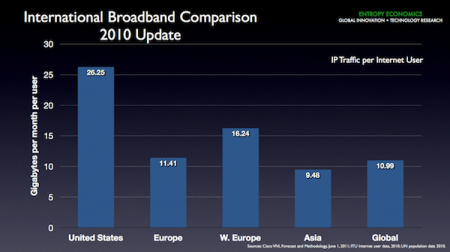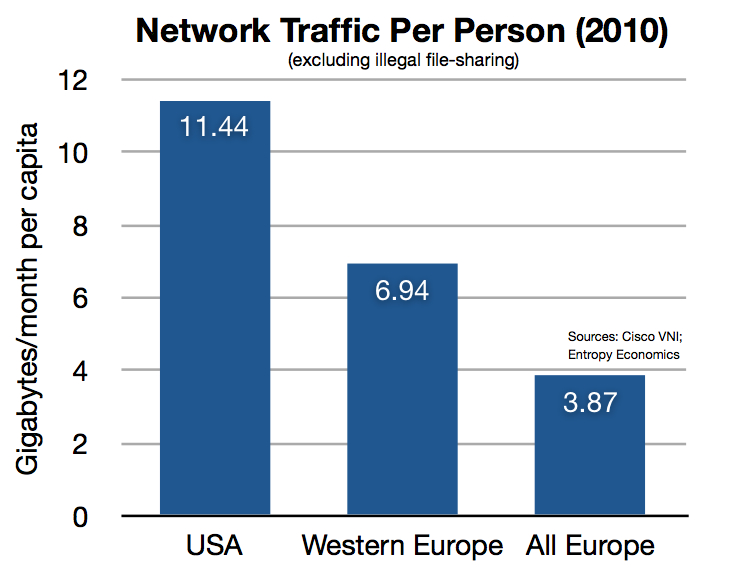America is in desperate need of economic growth. But as the U.S. economy limps along, with unemployment stuck at 9%, the Federal Communications Commission is playing procedural tiddlywinks with the nation’s largest infrastructure investor, in the sector of the economy that offers the most promise for innovation and 21st century jobs. In normal times, we might chalk this up to clever Beltway maneuvering. But do we really have the time or money to indulge bureaucratic gamesmanship?
On Thanksgiving Eve, the FCC surprised everyone. It hadn’t yet completed its investigation into the proposed AT&T-T-Mobile wireless merger, and the parties had not had a chance to discuss or rebut the agency’s initial findings. Yet the FCC preempted the normal process by announcing it would send the case to an administrative law judge — essentially a vote of no-confidence in the deal. I say “vote,” but the FCC commissioners hadn’t actually voted on the order.
FCC Chairman Julius Genachowski called AT&T CEO Randall Stevenson, who, on Thanksgiving Day, had to tell investors he was setting aside $4 billion in case Washington blocked the deal.
The deal is already being scrutinized by the Department of Justice, which sued to block the merger last summer. The fact that telecom mergers and acquisitions must negotiate two levels of federal scrutiny, at DoJ and FCC, is already an extra burden on the Internet industry. But when one agency on this dual-track games the system by trying to influence the other track — maybe because the FCC felt AT&T had a good chance of winning its antitrust case — the obstacles to promising economic activity multiply.
After the FCC’s surprise move, AT&T and T-Mobile withdrew their merger application at the FCC. No sense in preparing for an additional hearing before an administrative law judge when they are already deep in preparation for the antitrust trial early next year. Moreover, the terms of the merger agreement are likely to have changed after the companies (perhaps) negotiate conditions with the DoJ. They’d have to refile an updated application anyway. Not so fast, said the FCC. We’re not going to allow AT&T and T-Mobile to withdraw their application. Or we if we do allow it, we will do so “with prejudice,” meaning the parties can’t refile a revised application at a later date. On Tuesday the FCC relented — the law is clear: an applicant has the right to withdraw an application without consent from the FCC. But the very fact the FCC initially sought to deny the withdrawal is itself highly unusual. Again, more procedural gamesmanship.
If that weren’t enough, the FCC then said it would release its “findings” in the case — another highly unusual (maybe unprecedented) action. The agency hadn’t completed its process, and there had been no vote on the matter. So the FCC instead released what it calls a “staff report” — a highly critical internal opinion that hadn’t been reviewed by the parties nor approved by the commissioners. We’re eager to analyze the substance of this “staff report,” but the fact the FCC felt the need to shove it out the door was itself remarkable.
It appears the FCC is twisting legal procedure any which way to fit its desired outcome, rather than letting the normal merger process play out. Indeed, “twisting legal procedure” may be too kind. It has now thrown law and procedure out the window and is in full public relations mode. These extralegal PR games tilt the playing field against the companies, against investment and innovation, and against the health of the U.S. economy.
— Bret Swanson





